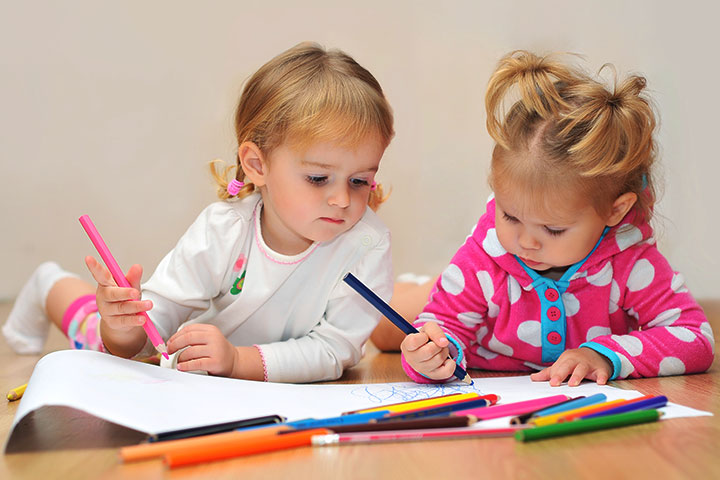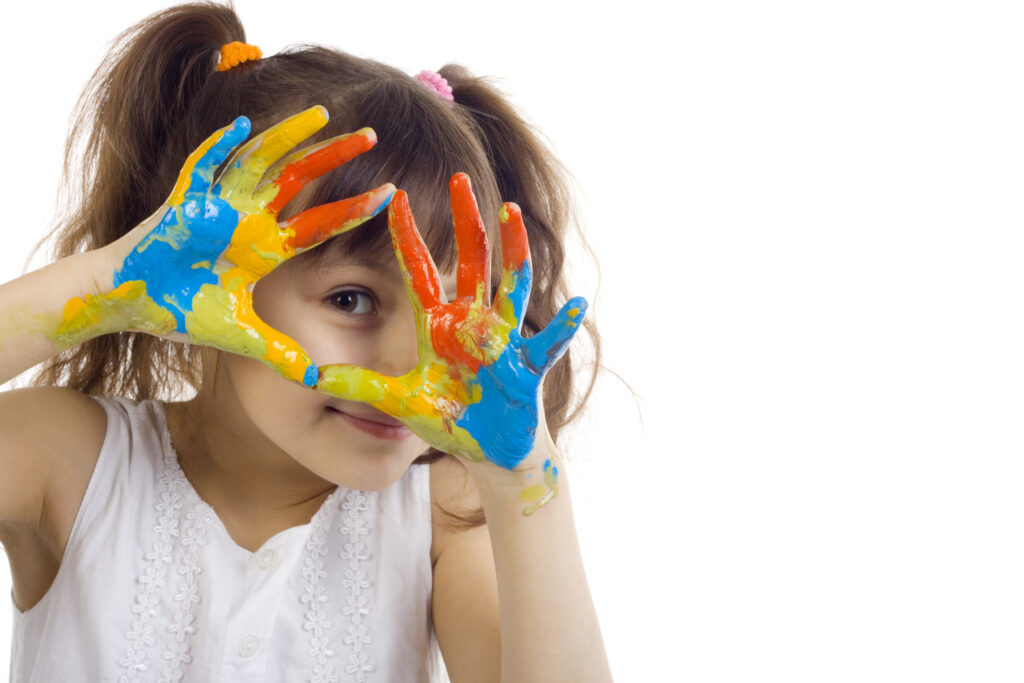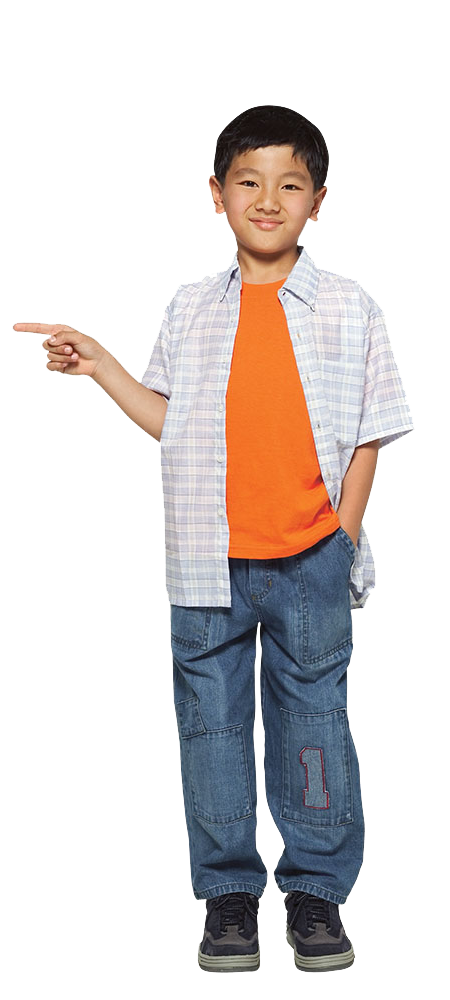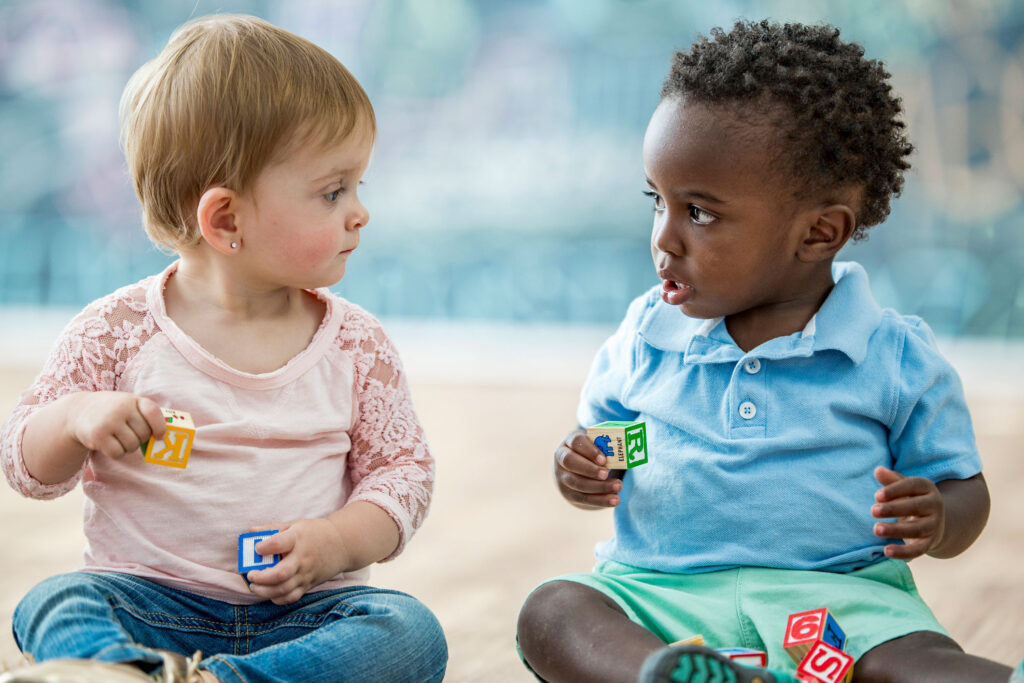Toddler Development

“Now they are moving forward, wanting to exercise more control over things and be understood. Gaining the ability to communicate is a huge step in and making all of that happen. But often toddler speech is still quite hard to understand.”
“When a child takes her first steps on his or her own, a new phase in development begins. At this stage, children are now free to roam around their world. It is a time for active exploration of their environment. Language development grows significantly, leading to learning the names of objects of interest and the ability to ask for things. As they discover their independent nature, yes, they develop the ability to say, “No!”
So, where do you, as parents (and ours as childhood educators) fit into the picture at this point? Basically, to be there to encourage and assist your children as they progress through a series of stages where they may encounter physical and emotional challenges. As they begin to understand and interact with the world around them, they will be dealing with changes that will continue to adolescence. These include changes in emotions, personality, behaviour, thinking and speech.
I’m sure that you have noticed the changes in your children as they enter and progress through this fascinating part of their life. You will see that their fine motor skills have improved and that they are using their fingers more often to pick up small items. It’s a beautiful time but definitely not a period to leave small objects lying around the house.
Some fine motor skills include:
✔️ Pasting things onto paper,
✔️Clapping hands,
✔️ Picking up and building a tower,
And,
✔️ Holding crayons
✔️Using pincer grasp to pick up items (ie cheerios)
With toddlers, hand/eye coordination improves as they learn to use their hands and eyes to follow an object.
Some examples of hand/eye coordination include catching and throwing balls and grasping objects. By this age, many toddlers can kick a ball and scribble with markers.
As adults, we view the world from a particular perspective, being so high off the ground. However, when you’re a toddler between the ages of 18 to 30 months, the world looks, feels and sounds quite different. During this period, children will expand their physical, cognitive, social and emotional development.
As an Early Childhood Educator who has worked with toddlers for over the past eight years, I’m most passionate about sharing my experiences and the knowledge I have gained in the childcare world. I love seeing what young children can create and the look of wonderment on their faces when they complete their projects.
This blog will explore toddler development and milestones of these special people at Little Kids Daycare. We will look at the changes in human development your children – our charges – go through as they grow physically and mentally. Our primary source for this exploration is The Child Development Institute’s Ages and Stages of Child Development. The Child Development Institute (https://childdevelopmentinfo.com) was formed in 1999 and has provided information to parents through its website ever since. The website currently receives over 2 million visitors per year.
According to the Institute, Ages and Stages define significant periods in the human development timeline. During each stage, growth and development occur in the primary developmental domains. These include physical, intellectual, language and social-emotional.
“This period is a time for developing the bonds that will last a lifetime, providing your children with the inner resources to build self-esteem and relate positively to others. It is also the time for you, as parents, to begin to discover who this new person is. Of course, you know that your child is unique and that you, as parents, must learn to understand, respect, support and encourage the unique characteristics and abilities of your offspring.”
As you may have already realized, the toddler stage is a fantastic time in your children’s lives. They are leaving behind their time as babies, and their own unique identities are being formed. Around this time, they are beginning to assert their independence and push the boundaries as to what is possible.
According to the Institute, by this stage, many have grasped the basics and are quickly developing into unique individuals.
- ●●
When a child takes her first steps on his or her own, a new phase in development begins. At this stage, children are now free to roam around their world. It is a time for active exploration of their environment.
- ●●

By the time your child has reached the toddler stage in their life, most will have developed many social gestures. These include:
✔️Waving goodbye,
✔️Nodding for “yes,”
✔️Shaking head for “no,”
And,
✔️Representing gestational gestures that hold empty cups to mouth to show they want a drink.
They can also use the hand gesture for “more” for saying they want extra food.
It’s time to move on to cognitive development. What is it, you may be asking?
Cognitive development involves the construction of thought processes. This includes remembering, problem-solving and decision-making, from childhood. Vital areas in your toddler’s mental development revolve around information processing, intelligence, reasoning, language development and memory.
It is generally acknowledged that children progress through the stages through independent interaction with the environment. The sensorimotor stage encompasses the first two years of an infant’s life. During the sensorimotor stage, children move from responding to the environment in a simplistic and relieve manner to think about the environment using symbols. As infants grow into toddlers, they begin to gain more understanding of themselves and their surroundings. They begin to understand that they exist beyond others around them. As they discover they are not the only ones in their environment, they also discover object permeance. That means that suddenly children learn that objects continue to exist even when hidden from view.
By 18 months, most have an understanding of object permeance. It is important because it signals the beginning of independent thought. No longer are physical actions the sole criterion in their world view.
It is also the time when children develop and strengthen their social and emotional development. In day-to-day interactions, this growth means toddlers start to share toys with their friends.
There are three different ways of how children see toys.
- The first is exploration. The child observes and thinks, “What is this toy?” From their perspective, it’s about how it looks and feels. They want to know about the toy’s colour and shape.
- The second one is experimentation. The toddler thinks, “What can I make this toy do?” Here it’s about how the toy works and how they can use it. This involves problem-solving and building with the specific toy.
- The last way in which toddlers explore toys is through representation. They think, “How can I use this toy my way?” Here the child looks to see if they can build something as tall as they are or pretend they are making food for their friends.
Most toddlers will quickly master walking and move on to running, jumping and climbing. Around age two, most will be able to navigate stairs, kick or throw a ball and draw simple lines. I’m sure many, or most of you, have witnessed this milestone. It’s wondrous, but also quite challenging.
The other part of physical development in this area is gross motor development, where toddlers use their large muscles. During this period, they may still stumble frequently and be accident-prone. The other part of their physical development in this area revolves around their gross motor skills as they use their large muscles. Toddlers can roll balls back and forth while sitting, and older toddlers will enjoy kicking balls. Quite often, their climbing and jumping skills and other gross motor skills will have improved. That means, with the arrival of warmer weather, it will be time to get out the tricycle and let our toddler learn to move the pedals. Not only will it enhance their gross motor skills and improve coordination, but it is sure to put a smile on his or her face (as well as yours).
During toddler years, this next generation uses all their senses to explore their creativity through exploration and discovery. That means it’s time to loosen the reins a bit and let go. Let children decide what colour paper or what colour paint they would like to use.
For these children, problem-solving means letting them work and play by themselves, putting together blocks and matching the puzzle pieces on the puzzle board. Also, essential for a toddler is matching shapes to the forms on the shape box. By doing so, it helps them identify crucial thinking skills. It also helps them develop problem-solving skills that will become essential for later stages.

Sharing means playing together and taking turns with each other. Sometimes toddlers like to be in a group with their friends. Other times they want nothing better than to be left alone to play. When they are in a group setting, they often love doing artwork and taking part in science experiments. They also thrive when playing in the drama centre with their friends, making food and are involved in pretend playing or simply “make-belief.” When they are in the dramatic centre, they are using their pincer and palmar grasp. The pincer grasp involves using their fingers to pick up and hold the objects. When they are picking up the crayons and colouring, they are using their pincer grasp. Palmar grasp is when children curl their fingers around an item.
They love seeing new toys in the class that they can try out and see how they work. They take pride in their accomplishments by completing a puzzle or making their artwork. When posing a question to their young charges, teachers have to give the children space to think and formulate their own responses.They also have fun at the daycare with all the teachers’ activities for the day. The teachers love seeing their faces when trying something new, like taking part in a science experiment. When we conduct science experiments, it’s fascinating as the children become engaged, reaching out and touching the ingredients. They love seeing what they are making and trying new things (using food colouring, for example). While having fun, they are also expanding their knowledge base and learning new skills.
Children have to learn how to problem-solve, not just in school but also in their lives at home. Problem-solving can involve making decisions about what they want to play and with whom. It also relates to solving disputes between friends.
The toddler stage is an important one in their lives, one where they start to walk. They are proud of themselves when they can pull themselves up and start moving around. Of course, that milestone also changes parents’ lives forever.
Toddler birthdays are a significant milestone at every age, especially when they turn two years old and celebrate with the family.
This period is also when children move from a crib to a bed, learn to dress themselves and tie their shoelaces. They start to feed themselves with a spoon and move to a regular cup from a “sippy cup.” Even when using the latter, by this time, they can hold it themselves. It is also the period when providers say goodbye to diapers as children become potty trained.
●●●
The toddler stage is an important one in their lives, one where they learn to roll over, crawl and start to walk.
●●●

By 18 months, many toddlers can remove their mittens and change their shoes and socks after coming back from playing outside. They can walk without parents or teachers’ help and mark a paper with crayons or markers. By age two, they can carry toys while walking to a different area. They also learn to turn pages of the books, dance, and point to body parts when doing the “Head and Shoulders, Knees & Toes” song.
Babies at this age are social and love to interact. “Their neck muscles are growing stronger, and they can hold their heads erect for some time. They can identify and understand the tone, emotions and comfort in your voice.”
Along with physical growth, toddlers’ speech patterns change as their vocabulary expands. First words are always milestones. Their earliest words usually refer to essential people in their lives (“mama”), objects that move (“ball,” “car,” “cat”), everyday actions (“bye-bye,” “up”), toys (“ball”), food (“milk”) and body parts (“nose”).
As the child’s vocabulary approaches 200 words, they start to combine two words, e.g., “mommy shoe,” “go car,” “more cookie.” This is known as telegraphic speech: the use of short, precise words to communicate.
As your child approaches, moves through the toddler stage, it is always important to keep in mind that each child is unique, and their advancement will proceed at different rates. Some children will take more time than others, while others may even skip over certain milestones.
Thanks so much for reading this blog about Toddler Development/Milestones. I hope you find this information helpful. It is important to remember that each toddler is different. They all develop at different stages in their life.
I love being a toddler teacher, watching my young charges – your children – grow both physically and mentally. Like you, we watch and wonder who they will be when they grow up.
I am thrilled to be working with your children at this stage in their lives and wish them and you every success in the years ahead.
Thank you for reading
Jordana R, RECE Toddler Educator, Little Kids Daycare Center, West Oak Trails

